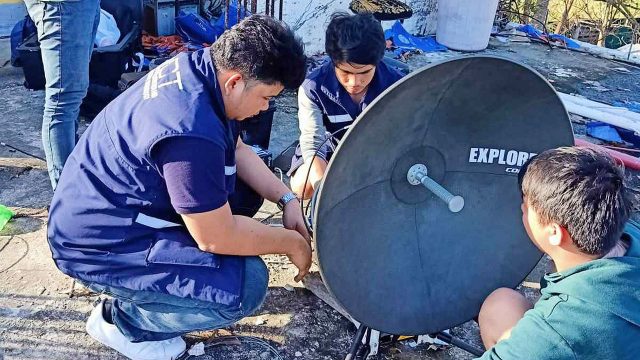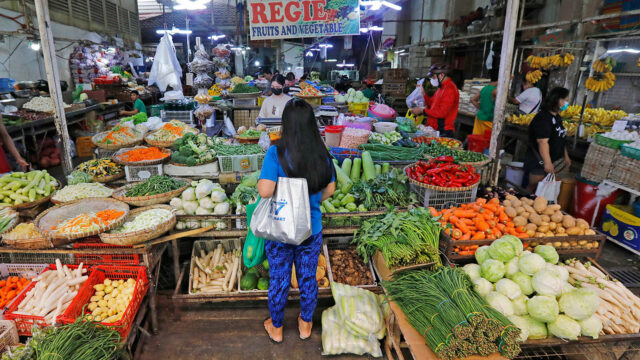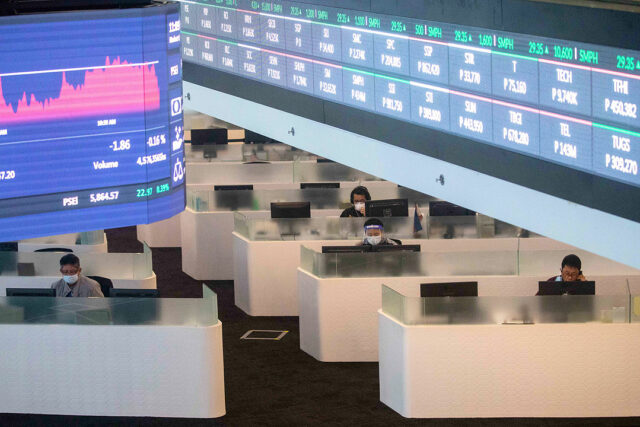Order — not Haka— in the House

It was so bizarre and inane it could have been mistaken for a Babylon Bee article. Unfortunately, it did happen. As ABC News reported: “Māori lawmakers interrupted a New Zealand parliamentary vote with a Haka on Thursday to protest a proposed law that critics say would erode the land and cultural rights of Indigenous New Zealanders.
“When asked how her party’s representatives would vote during the session, Hana-Rawhiti Maipi-Clarke of New Zealand’s Māori party stood up and began a soaring Haka, a ceremonial Māori dance that demonstrates pride, strength and unity through a series of intricate movements and facial expressions. She ripped a copy of the bill in half as she did the Haka.
“About half of the lawmakers present, including members of the Labor and Green parties, joined in, along with members of the public seated in the gallery, their chants echoing through the chamber.” (“Māori lawmakers in New Zealand interrupt vote on controversial bill with Haka”; November 2024)
The issue behind this dramatic display? The need to legally define the principles of the 1840 Treaty of Waitangi, which came about ostensibly to redress the wrong done to the Māori by the colonizing British.
Unfortunately, the years have merely led to greater divisiveness as a result and the contested bill, introduced by the Act party led by David Seymour (himself of Māori heritage), was supposed to have the treaty interpreted equally regardless of race, and also more fairly through parliament rather than the courts.
In other words, Ms. Hana-Rawhiti Maipi-Clarke and others of her ilk are angered at the prospect that their privileged status was sought to be ended.
And why the privileged status brought by the Waitangi Treaty? Apparently because the Māori were oppressed, such oppression allegedly included stopping the Māori engaging in wars against other tribes where captured prisoners were chopped up, eaten, and later to become feces. Collecting the latter, such would then be sent back to the other tribes to tell them that their fellow tribesmen were turned into excrement.
The fact is, Māori “cannibalism lasted for several hundred years until the 1830s” until the British colonizers stopped the practice. There was also infanticide committed for the purpose of feeding the babies to warriors to make them stronger. (Horrid Practice: The Myth and Reality of Traditional Māori Cannibalism, by Paul Moon, 2008)
The point here is that the West is being demonized by media and the academe to portray the Māori as some sort of oppressed innocent people when they were in fact — like all peoples at a certain point in their history — as horrid and violent as the colonizers who defeated them. It just so happened the British were better at warfare.
In a Financial Times review (“A Splendid Exchange,” Aug. 9, 2008) on the book A Splendid Exchange: How Trade Has Shaped The World From Prehistory To The Present (by William Bernstein), Hugh Carnegy pointedly lays down this fact:
“What is striking is that for much of history, trade was built on conquest and often violently enforced monopolies — not least when Europeans were involved. The urge to ‘truck, barter and exchange,’ as Adam Smith described it, is all very well. But until recently, the much stronger urge was to grab and control by force the trade in goods needed either for basic economic and military needs or for the accumulation of wealth. Even what Bernstein calls the Pax Islamica — some seven centuries of Arab supremacy that established a settled and sophisticated trading empire from the east Mediterranean to the Far East — was built on naval supremacy and bold military action. This ended in 1498 when Vasco da Gama sailed round the southern tip of Africa to reopen European access to the Indian Ocean and beyond.”
In essence, “brutality was a vital element in the development of trade and the successive empires built upon it — Roman, Arab, Mongol, Spanish, Dutch, British — culminating in the 18th and 19th century slave trade. Equally compelling is the sheer doggedness, courage and skill that characterized the pioneers of trade.”
Western ideas and values were spread not only due to their superiority but because their advocates were simply more adept at organized violence. And violence, to reiterate, isn’t a behavior exhibited by the West isn’t alone — it was everyone. The West was just better at it. It is violence and greed, admittedly coupled with philosophy or altruism, that motivated much of history. A lot of other countries’ culture, history, or origins were brought about by systematized mayhem.
The Māori make much of their “warrior culture,” hence the Haka war dance. And they reportedly did commit one of the worst genocides in history against the Moriori tribe of the Chatham Islands. Surely, the Moriori descendants are due reparations as well?
The point is that affirmative action/minority reparation type policies should have been gotten rid of long ago. If history indicates that literally everyone is entitled to it, such should mean no one is.
Jemy Gatdula is a lawyer specializing in international economic law and the law of armed conflict, as well as constitutional philosophy and jurisprudence.
https://www.facebook.com/jigatdula/
Twitter @jemygatdula














